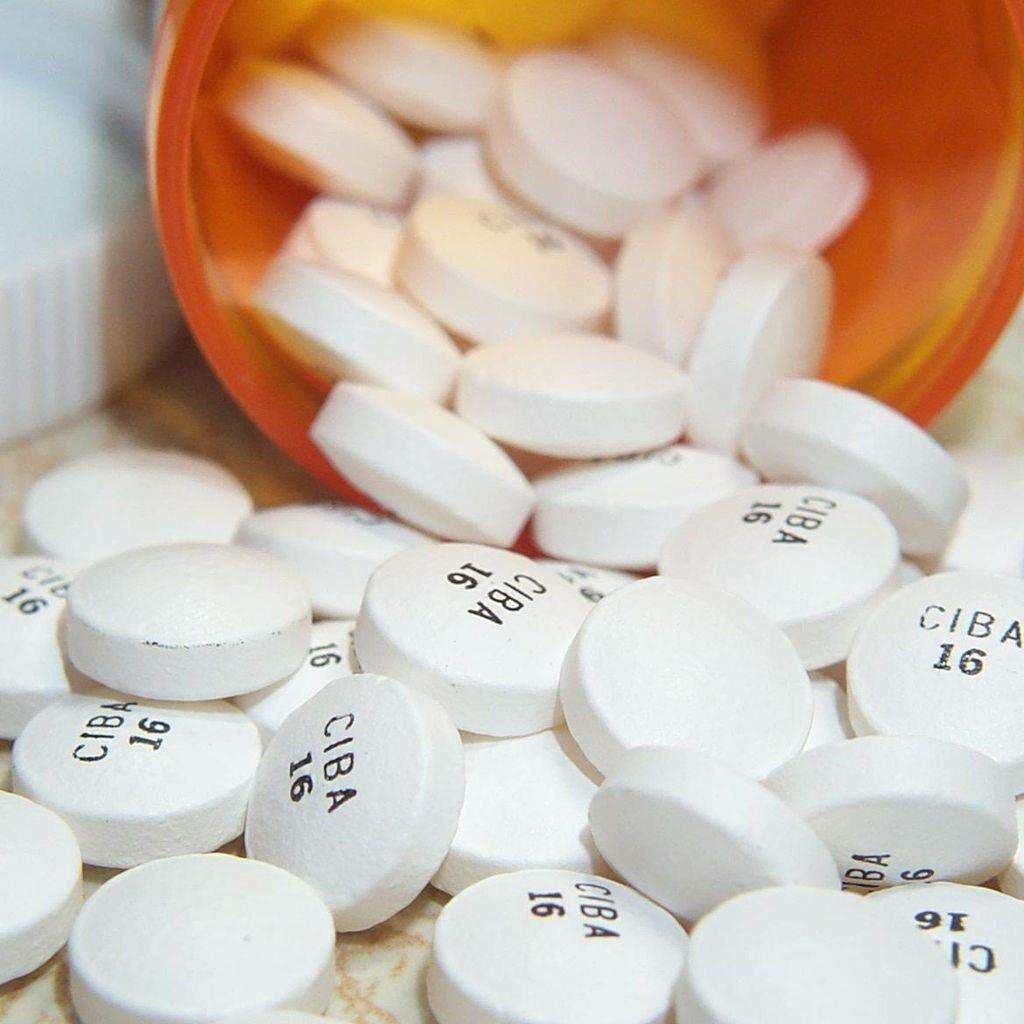Every year nurses divert thousands of controlled substances from their hospital and patients every year. The most commonly stolen medications are opioid pain killers. The National Council of State Boards of Nursing estimates that one nurse per month will steal drugs from their hospital, but also notes that there aren’t any reliable statistics for nurse drug diversion.
Much of this diversion comes from nurses checking out patient’s medication and taking it for themselves, or not properly disposing of unused medications.
When someone administers an IV drug, they sometimes come in pre-filled syringes with a certain amount in them. So if a patient is given 1.3 milligrams of this drug when the syringe holds 2mg, the leftover drug should be then placed in to a sealed sharps container.
Find Out How Much You Can Save Instantly.
Try our on-line savings calculator.
These nurses not only hurt the quality of care for their patients, but they are also committing felony theft and can even contract infectious disease from the used needle.
Opioid Overdoses in America
More than 14,000 people overdose on opioids every single year in the US, with a total of 165,000 overdoses from 1999 – 2004 according to the CDC.
This problem is continuing to grow, and without proper management at a hospital level, diversion will also grow. Training employees in proper disposal techniques, recognizing signs of opioid abuse, and stricter controls on prescribing narcotics is essential to stopping abuse in hospitals.
So What Is Proper Disposal?
When disposing of controlled substances, hospitals often have to take note of every medication that goes in there, and then when we take the medication to be disposed everything is accounted for and you are given a certificate of destruction.
The problem here is when healthcare staff aren’t properly documenting their disposal, or they are placing things in the wrong containers.
Sharps containers should be sealed so nobody can reach in after medication is disposed of and you should only fill it 3/4th of the way so there is no chance of accidental exposure when disposing of a needle.
If you want to take the stress of drug diversion from your medical waste hauler off your hands, go ahead and give us a call today.
Image source: Wikipedia







